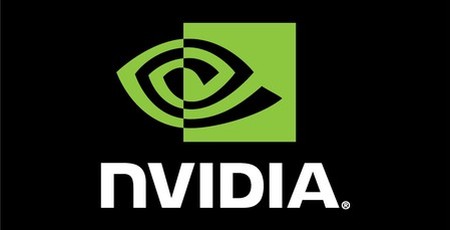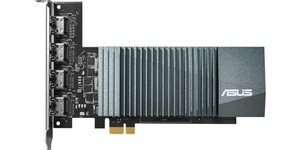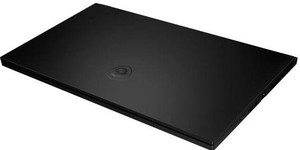GeForce RTX cards may see substantial performance boost via DLSS 2.0
March 24, 2020 | 13:00
Companies: #nvidia

Nvidia has released its latest GeForce Game Ready Drivers, and they now come with added DLSS 2.0, which hopes to be a big leap in AI rendering.
The technology was originally showcased at CES 2020 earlier in the year, and is now available in Wolfenstein Youngblood, Deliver Us The Moon, Control, and Mechwarrior 5. It's Nvidia's attempt to offer substantial performance boosts in exchange for an acceptable quality loss level. It works by rendering a 3D scene at a lower resolution than your display is capable of, before upscaling it with deep-learning while reconstructing details using a pre-trained neural network. That also explains its full name of Deep Learning Supersampling 2.0.
The original DLSS launched in 2018 with the GeForce RTX 20 series but this version is predictably better thanks to the fact that it works via "non game-specific content". Basically, complex training isn't required for it to work across any game, like the previous version of DLSS needed. There's also the important addition of a temporal feedback rendering technique which further refines the process.
Alongside that, the new AI model more efficiently uses Tensor Cores so that it can execute 2x faster than the original, thereby improving frame rates. DLSS 2.0 offers image quality on a par with its original resolution while only rendering a quarter or half of the amount of pixels. Temporal feedback then reconstructs details in the image.
When DLSS 2.0 is enabled in a game, the game engine generates two inputs to send to the AI network. One is a sequence of aliased lower-resolution frames, with the other being a synchronous sequence of motion vectors. Fed through a convolutional auto encoder, the two inputs are then used on a pixel-by-pixel basis to create a higher quality current frame without you noticing where concessions are made.
Nvidia has released some impressive benchmarks to back up its news with games like Wolfenstein Youngblood seeing frame rate improvements of about 30 frames per second across the board.
As always, your mileage may vary, but it's immensely promising stuff. DLSS 2.0 offers three image quality modes including Quality, Balanced, and Performance, so it's simple enough to play around with. Nvidia reckons Performance will enable up to a 4x super resolution boost with the suggestion being you can go from 1080p to 4K with this method.
For now, there's only the choice of four games to show off DLSS 2.0, but we'd expect to see more coming soon given the tech is available to Unreal Engine 4 developers.

MSI MPG Velox 100R Chassis Review
October 14 2021 | 15:04








Want to comment? Please log in.